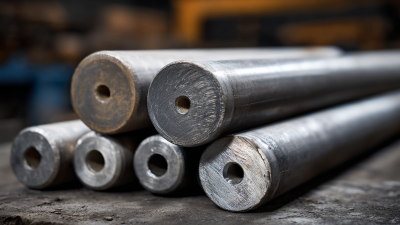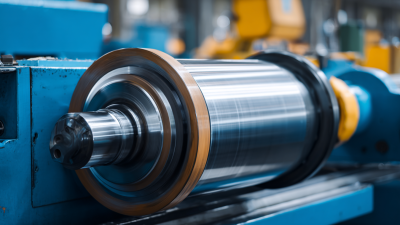In the fast-evolving landscape of the mining sector, operational efficiency is paramount to success. A critical yet often overlooked component that significantly influences this efficiency is the Mining Industry Roller Sleeve. These components serve as essential wear parts, crucial in supporting the movement and functionality of heavy machinery used in mining operations. Understanding their design, materials, and maintenance requirements can lead to increased machinery uptime, reduced operational costs, and enhanced overall productivity. As mining operations strive to optimize their processes and reduce downtime, a comprehensive grasp of Mining Industry Roller Sleeves becomes indispensable, enabling companies to make informed decisions regarding procurement, maintenance strategies, and operational practices. By delving into the intricacies of these components, stakeholders can fortify their competitive edge in a sector that demands both precision and reliability.
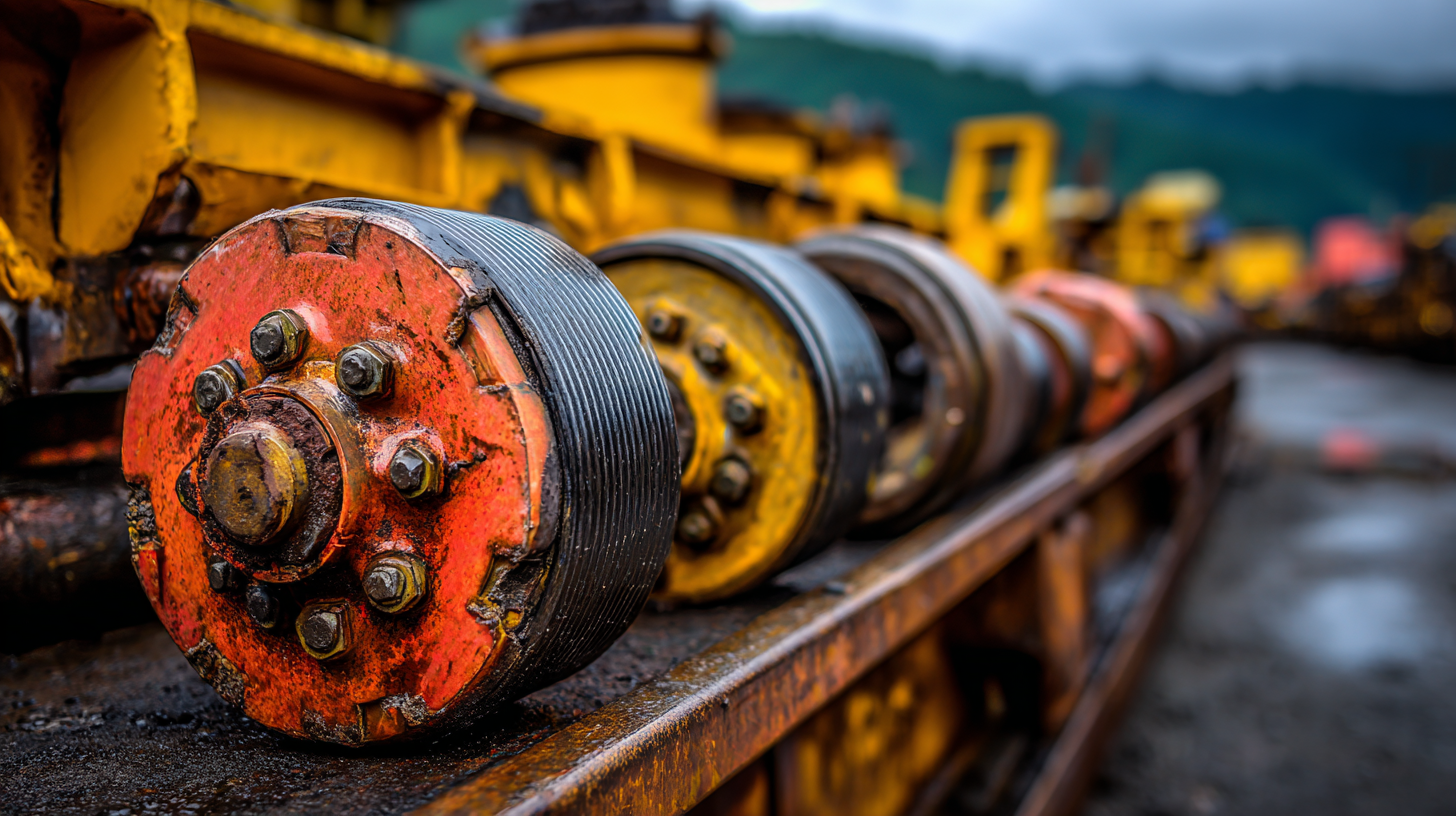
Roller sleeves play a pivotal role in mining operations, serving as critical components that facilitate the smooth movement of materials. These sleeves are designed to reduce friction and wear on conveyor belts, ensuring optimal performance over extended periods. By understanding their purpose, mining companies can enhance the efficiency of their operations, reduce downtime, and minimize maintenance costs.
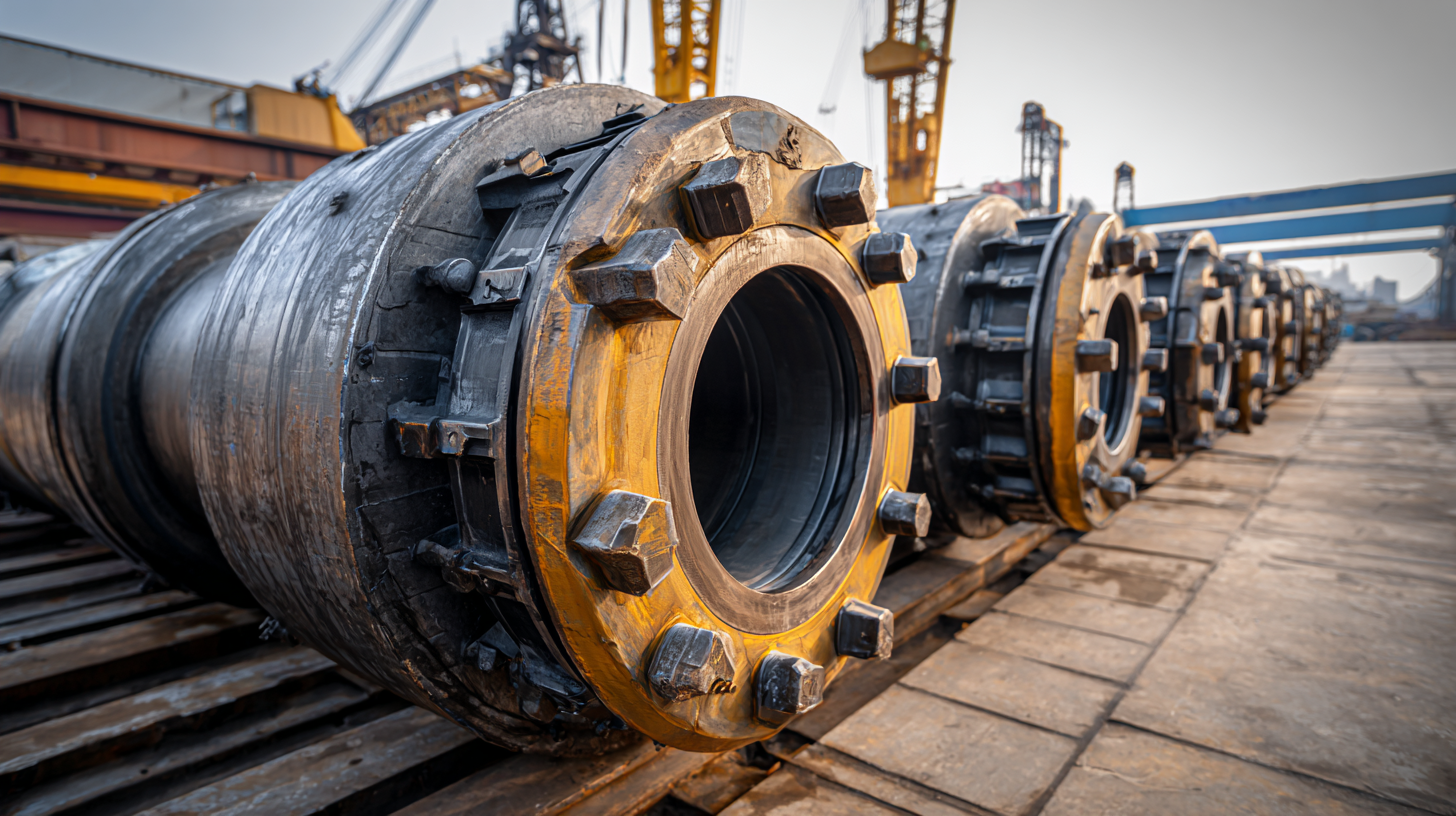
Moreover, the durability and material composition of roller sleeves directly affect the longevity of the conveyor systems in which they are used. Selecting the appropriate sleeve for specific mining environments—whether it be for transporting heavy ore, dealing with abrasive materials, or operating in extreme temperatures—can significantly impact operational reliability. Investing in high-quality roller sleeves thus translates to improved productivity, allowing for a more consistent and uninterrupted flow of materials through the mining process.
High-quality roller sleeves are essential components in the mining industry, directly impacting operational efficiency. According to a report by the International Journal of Mining Science and Technology, inefficiencies in equipment can lead to production losses of up to 30%. Roller sleeves, which facilitate the movement and support of conveyor systems, play a critical role in reducing friction and wear. Quality materials and precision engineering in these components can significantly decrease maintenance downtime, which a study from the Mining Equipment Manufacturers Association estimates costs the industry approximately $1 billion annually.
The benefits of investing in high-quality roller sleeves extend beyond just maintenance reduction. A report from the Global Mining Guidelines Group emphasizes that optimized roller sleeves can enhance throughput by improving the payload capacity of conveyor systems. Improved design and durability lead to smoother operation, reducing energy consumption by up to 15%, which translates into substantial cost savings over time. As the mining sector increasingly focuses on sustainability and efficiency, understanding the importance of quality roller sleeves can provide companies with a competitive edge in their operations.
In the mining industry, the choice of roller sleeves significantly influences operational efficiency. Roller sleeves are integral components in conveyor systems, which transport materials across various stages of mining processes. A study by Freedonia Group highlighted that effective use of high-quality roller sleeves can improve conveyor system efficiency by up to 20%, reducing downtime associated with wear and maintenance. This efficiency not only streamlines material handling but also translates into substantial cost savings that enhance overall profitability.
There are several types of roller sleeves utilized in mining operations, each tailored for specific applications. For instance, polyurethane sleeves are known for their durability and resistance to abrasion, making them ideal for handling rough materials. In contrast, rubber roller sleeves provide better noise reduction and cushioning, suitable for environments where vibration control is paramount. According to the Global Mining Guideline Group, choosing the right roller sleeve based on material characteristics and operational demands can extend equipment life by 25% or more, thereby fostering a more resilient and productive mining operation.
| Type of Roller Sleeve | Material | Application | Advantages | Typical Lifespan |
|---|---|---|---|---|
| Polyurethane Roller Sleeves | Polyurethane | Bulk Material Handling | High wear resistance, shock absorption | 2-3 years |
| Steel Roller Sleeves | Steel | Heavy-Duty Applications | Durability, high load capacity | 5-10 years |
| Rubber Roller Sleeves | Rubber | General Purpose Conveying | Good grip, noise reduction | 1-2 years |
| Ceramic-Coated Roller Sleeves | Steel with Ceramic Coating | High Abrasion Environments | Extreme wear resistance | 3-5 years |
| Composite Roller Sleeves | Composite Materials | Mixed Environments | Lightweight, corrosion resistant | 2-4 years |
Maintaining roller sleeves in the mining industry is essential for ensuring operational efficiency and minimizing downtime. Regular inspections should be conducted to assess wear and tear, as this will help identify when a replacement is necessary. Operators should establish a routine maintenance schedule that includes cleaning the sleeves, checking alignment, and lubrication, if applicable. This proactive approach not only extends the lifespan of the roller sleeves but also significantly reduces the risk of unexpected failures that can disrupt operations.
When it comes to replacing roller sleeves, choosing the right materials and designs tailored for specific applications is critical. Utilizing high-quality, durable sleeves can greatly enhance performance and reduce maintenance costs over time. Furthermore, training maintenance staff on proper installation techniques is vital to ensure that new sleeves are fitted correctly, thus preventing operational issues. By focusing on these best practices for maintenance and replacement, mining operations can achieve higher efficiency, lower operational costs, and enhanced safety for their workforce.
The performance of roller sleeves in mining operations plays a pivotal role in determining overall productivity. Research indicates that optimal roller sleeve functionality can enhance equipment efficiency by up to 30%, significantly reducing downtime and maintenance costs. A report from a prominent mining industry association highlights that issues related to component failures, such as those stemming from subpar roller sleeves, can lead to operational setbacks costing companies millions annually. As mining activities expand, the need for reliable and high-performance components becomes increasingly critical.
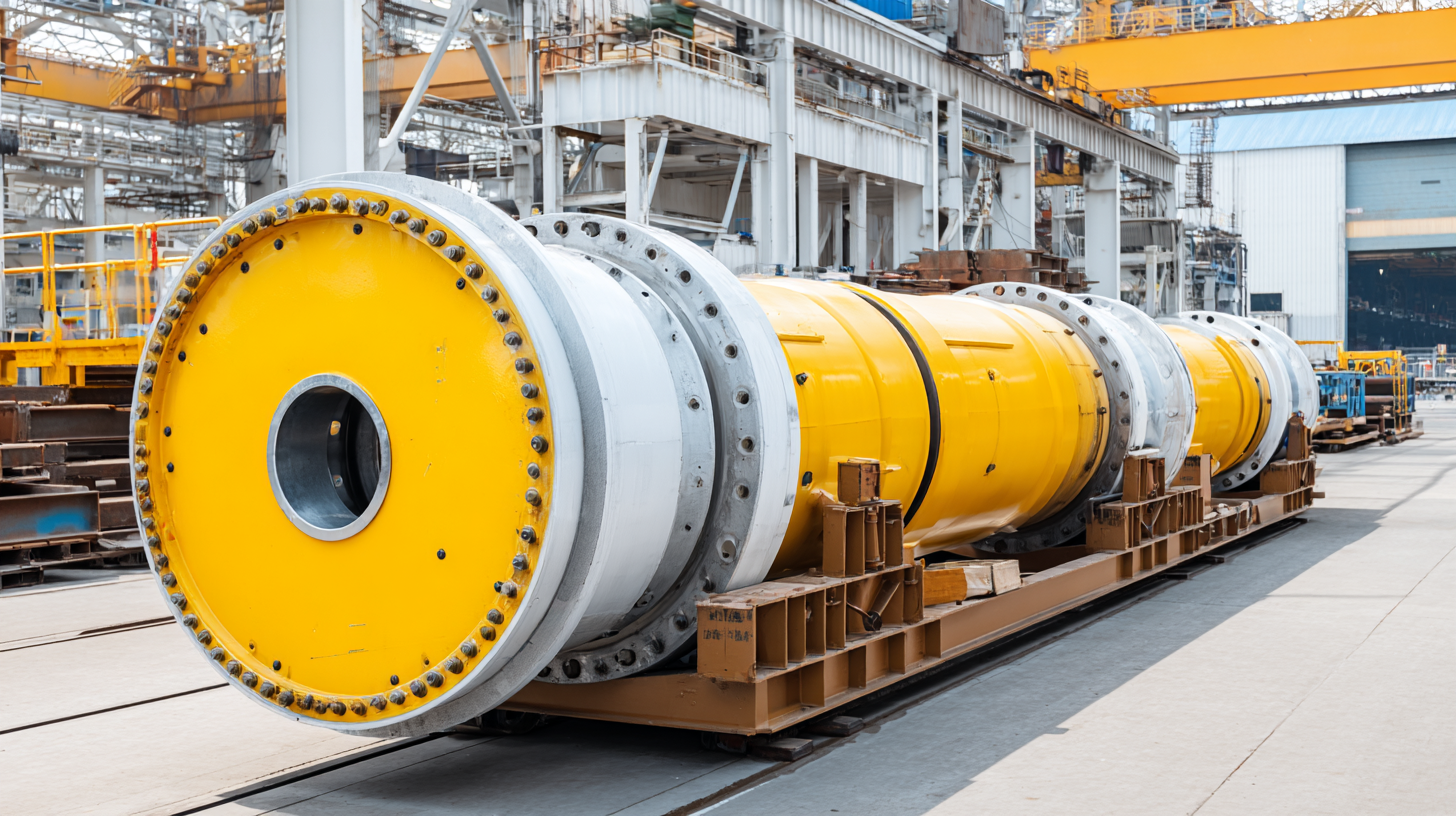
In light of sustainability challenges across various sectors, including the electric vehicle battery supply chain, the mining industry must prioritize efficiency to meet rising demands without compromising environmental standards. The mining sector, responsible for sourcing essential materials like lithium and cobalt, must adapt by investing in advanced technologies to improve roller sleeve durability and performance. Enhanced roller sleeve performance not only streamlines operations but also supports the broader goal of sustainable mining practices. By focusing on these components, mining companies can better navigate the complexities of an evolving market, aligning operational efficiency with environmental responsibility.
